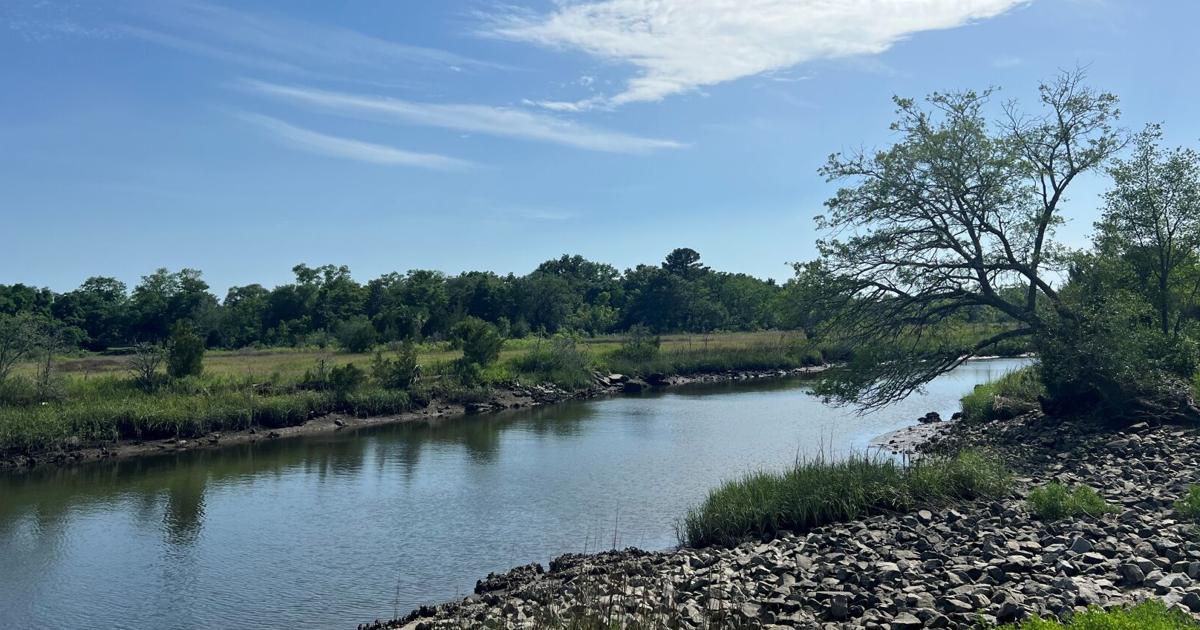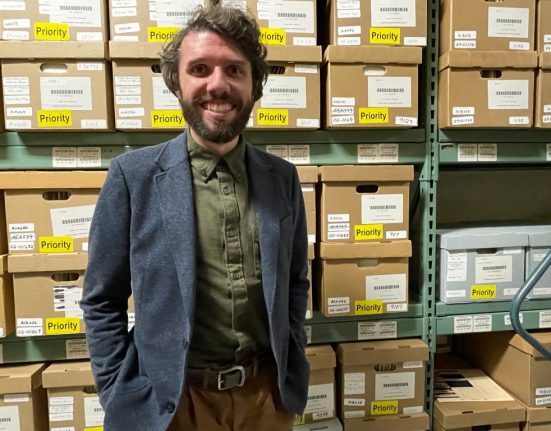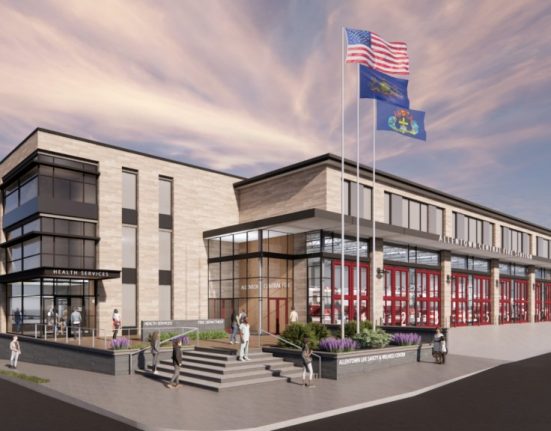NORTH CHARLESTON — Of the three largest cities in the area, North Charleston has spent the least money awarded from a Charleston County program aimed at preserving greenspace.
The county’s greenbelt program allocates funds from the transportation sales tax to urban, rural and unincorporated areas, providing an avenue to use public funds for land conservation. The amount of money each municipality receives each year is based on population size, and the remaining balance rolls over each year.
The city has received $10 million in greenbelt funds and has spent nearly half of the pot, with $5.5 million remaining.
The city remains the fourth-highest spender behind Charleston, Mount Pleasant and Charleston County’s unincorporated areas.
Mount Pleasant and Charleston County both have spent more than their allotted funds. Some county council members recently raised concerns about this overspending, questioning if the county should approve projects that spend more than the money given. County Council is set to discuss the issue of forward spending again at an upcoming finance committee meeting on June 5.
But North Charleston has a reserve of funds, which the city sees as a benefit in case a significant conservation opportunity arises.
“We’ve tried to be sort of strategic and programmatic, historically, in how we’ve addressed those opportunities,” said Adam MacConnell, the city’s director of special projects. “We haven’t taken every opportunity that comes to the door.”
Chris Dubuque, the county’s deputy director of the greenbelt program, said it’s up to municipalities if they want to spend all of their funds on one project or many smaller projects.
North Charleston’s largest purchase with greenbelt funds was the 440-acre Ingleside Park, a former rice plantation in the northern part of the city located between Palmetto Commerce Parkway and Interstate 26 that is slated to be a public park with boardwalks and marked nature trails. The city purchased this tract in 2023 for $6 million, with $4 million coming from greenbelt money and the rest through grants and funds from the city’s Ingleside tax financing district.
The city has also used greenbelt money to purchase land west of the Ashley River and protect the flood-prone areas near Noisette Creek and Filbin Creek.
Dubuque said different priorities exist for each municipality.
“It really kind of boils down to what opportunities present themselves each of these municipalities,” he said. “Within heavily urban areas, there might not be as much availability for large conservation projects.”
He said many projects depend on timing. If a city wants to purchase land that’s under the threat of development, these greenbelt funds can be used to protect it.
MacConnell said it’s beneficial that the city has funds available in those situations. However, he wants the city to be more programmatic than reactionary when it comes to greenbelt projects.
North Charleston is currently updating its 50-year-old zoning code as part of a comprehensive Unified Development Ordinance that will incorporate other factors that contribute to development, like stormwater management, infrastructure and transportation. The city’s 10-year comprehensive plan is at its midpoint, which means city staff is evaluating its progress and looking for public feedback.
Establishing a greenspace plan is one future goal as the staff outlines plans for growth and development, MacConnell said.
“We really need to just set the strategy down on paper so that we have a roadmap and the public understands what our intentions are there,” he said.
He said the city’s priorities for greenbelt projects focus on increasing resiliency, like flood mitigation and stormwater management, or to provide recreational opportunities. The city will not use public funds to preserve private land that does not provide public access, he said, adding that funds exist from independent conservancy organizations that can be used for that purpose.
“For us, it’s very important that as we create those spaces (and) that we are allowing public access to them so that people can find refuge from the built environment,” he said.
The next application cycle for the greenbelt program runs from June 2 to July 25. The projects then will go in front of county council for approval.







